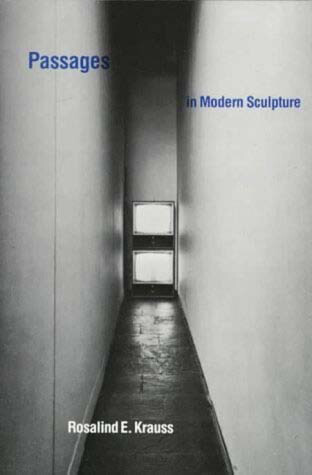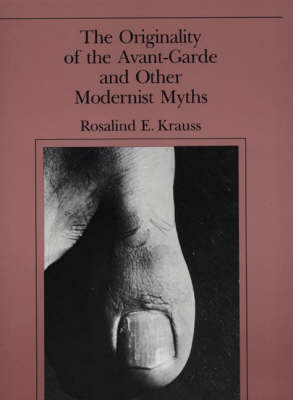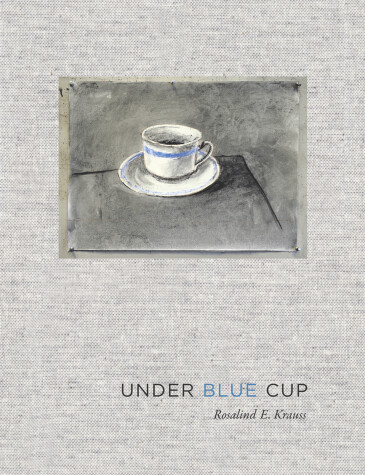The MIT Press
3 total works
Studies major works by important sculptors since Rodin in the light of different approaches to general sculptural issues to reveal the logical progressions from nineteenth-century figurative works to the conceptual work of the present.
The Originality of the Avant-Garde and Other Modernist Myths
by Rosalind E. Krauss
Co-founder and co-editor of October magazine, a veteran of Artforum of the 1960s and early 1970s, Rosalind Krauss has presided over and shared in the major formulation of the theory of postmodernism.
In this challenging collection of fifteen essays, most of which originally appeared in October, she explores the ways in which the break in style that produced postmodernism has forced a change in our various understandings of twentieth-century art, beginning with the almost mythic idea of the avant-garde. Krauss uses the analytical tools of semiology, structuralism, and poststructuralism to reveal new meanings in the visual arts and to critique the way other prominent practitioners of art and literary history write about art. In two sections, "Modernist Myths" and "Toward Postmodernism," her essays range from the problem of the grid in painting and the unity of Giacometti's sculpture to the works of Jackson Pollock, Sol Lewitt, and Richard Serra, and observations about major trends in contemporary literary criticism.
In Under Blue Cup, Rosalind Krauss explores the relation of aesthetic mediums to memory—her own memory having been severely tested by a ruptured aneurysm that temporarily washed away much of her short-term memory. (The title, Under Blue Cup, comes from the legend on a flash card she used as a mnemonic tool during cognitive therapy.) Krauss emphasizes the medium as a form of remembering; contemporary artists in what she terms the “post-medium” condition reject that scaffolding. Krauss explains the historical emergence of the post-medium condition and describes alternatives to its aesthetic meaninglessness, examining works by “knights of the medium”—contemporary artists who extend the life of the specific medium.
These artists—including Ed Ruscha, William Kentridge, Sophie Calle, Harun Farocki, Christian Marclay, and James Coleman—reinstate the recursive rules of a modernist medium by inventing what Krauss terms new technical supports, battling the aesthetic meaninglessness of the post-medium condition. The “technical support” is an underlying ground for aesthetic practice that supports the work of art as canvas supported oil paint. The technical support for Ruscha's fascination with gas stations and parking lots is the automobile; for Kentridge, the animated film; for Calle, photojournalism; for Coleman, a modification of PowerPoint; for Marclay, synchronous sound. Their work, Krauss argues, recuperates more than a century of modernist practice.
The work of the post-medium condition—conceptual art, installation, and relational aesthetics—advances the idea that the “white cube” of the museum or gallery wall is over. Krauss argues that the technical support extends the life of the white cube, restoring autonomy and specificity to the work of art.


